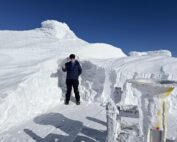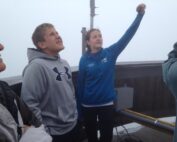Making a Home in the Alpine Zone
2017-05-01 13:11:08.000 – Taylor Regan, Weather Observer
If you’ve done any hiking in the Northern Presidentials, or visited Mt. Washington by train or car and explored the summit a bit, chances are you’ve seen signs warning you to prepare for the harsh weather, as well as to respect the fragile alpine zone. The signs invite you to “enjoy the fragile beauty” of the Alpine Zone while simultaneously admonishing you that “the area ahead has the worst weather in America; many have died there from exposure, even in summer.” The warnings are terse and bleak, and paint a picture of the rocky and treeless summits that spend a majority of their time in the clouds pummeled by fierce winds and driving precipitation.
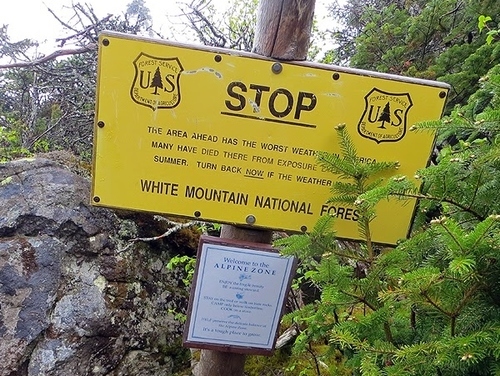
The warnings may seem counterintuitive when paired together; how can an area that is infamous for its extreme weather also be home to delicate plant life? It is true: the alpine zone is both an area of fragile beauty and of relentless exposure. Believe it or not, a few plants have actually been able to adapt to the harsh climate, and make their home in the Alpine zone.
Let’s start from the bottom, and work our way into the Alpine zone, exploring the terrain as we go. Only roughly 3/4 of a vertical mile separates the lodge in Pinkham Notch from the summit of Mount Washington, and yet you’ll find four distinct ecological zones as you ascend the mountain.
The most prominent thing you may observe is that the trees change! This doesn’t happen all at once, but gradually the trees around you begin to change. The valley floor is home to the (Mixed) Northern Hardwood forest, which is comprised mainly of deciduous trees. These include sugar maple, red maple, red oak, birch, and white pine. Shrubs and several types of ferns can also be found in this zone, which typically ranges up to 2500-3000 ft. As early as 2000 ft however, you may notice indications that you are moving into a new “zone” as spruce and fir trees begin to more prominently feature in your surroundings. The image below was featured on NASA’s Earth Observatory page. Taken in fall, the image clearly shows the changes in tree-type with height as you ascend the Northern Presidentials.
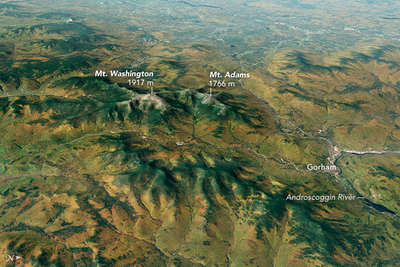
As depicted in the above image, after leaving the northern hardwood forest zone, the next ecological zone you enter is the spruce-fir forest zone, known as the Boreal forest. As the name suggests, this zone is dominated by evergreens. This zone has a lower yearly average temperature, and a shorter growing season, resulting from its increased elevation. Because of this, evergreens have an advantage over deciduous trees, as they do not need to spend the enormous amount of energy required to put out new leaves each year. Mosses and ferns typically cover the ground. This zone ranges from roughly 2,500 to 4,000 ft of elevation.
After 4,000 ft, the trees become stunted, scraggly, and twisted, often stripped of branches on one side, and growing almost mat-like across the rocks. These conifers, mainly fir, and black spruce, are called krummholz, which is German for bent or twisted wood. These trees persevere even though they are being battered by winds and precipitation, and grow slowly but surely on the mountainsides. Tiny spindly krummholz barely wider than your finger can be hundreds of years old.
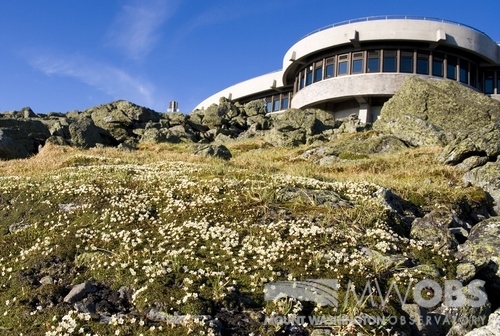
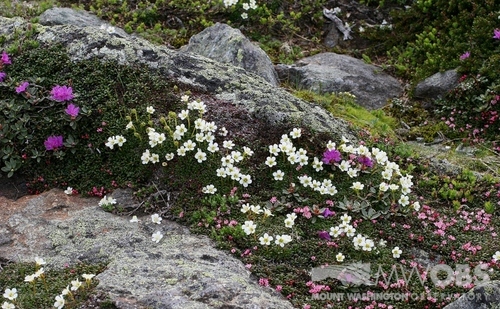
Figure 4. Mountain Cranberry, Diapensia Lapponica, and Lapland Rosebay

Taylor Regan, Weather Observer
An Experience Worth 1,000 More
An Experience Worth 1,000 More By Mitchell Tsokatos Me and the summit sign once winter really got going. Taken 11/2/25. Unfortunately, my time on Mount Washington as an intern has come to
Supporter Spotlight: AJ Mastrangelo
Supporter Spotlight: AJ Mastrangelo By Wendy Almeida A young AJ on the summit with Rebecca Scholand. AJ Mastrangelo’s relationship with Mount Washington Observatory began long before his internship—or his current career as
Supporter Spotlight: Angelo Decrisantis
Supporter Spotlight: Angelo Decrisantis By Wendy Almeida For Angelo Decrisantis, Mount Washington has been a lifelong connection. It began in 1965, at age 15, on a family drive to the summit. “My first experience

